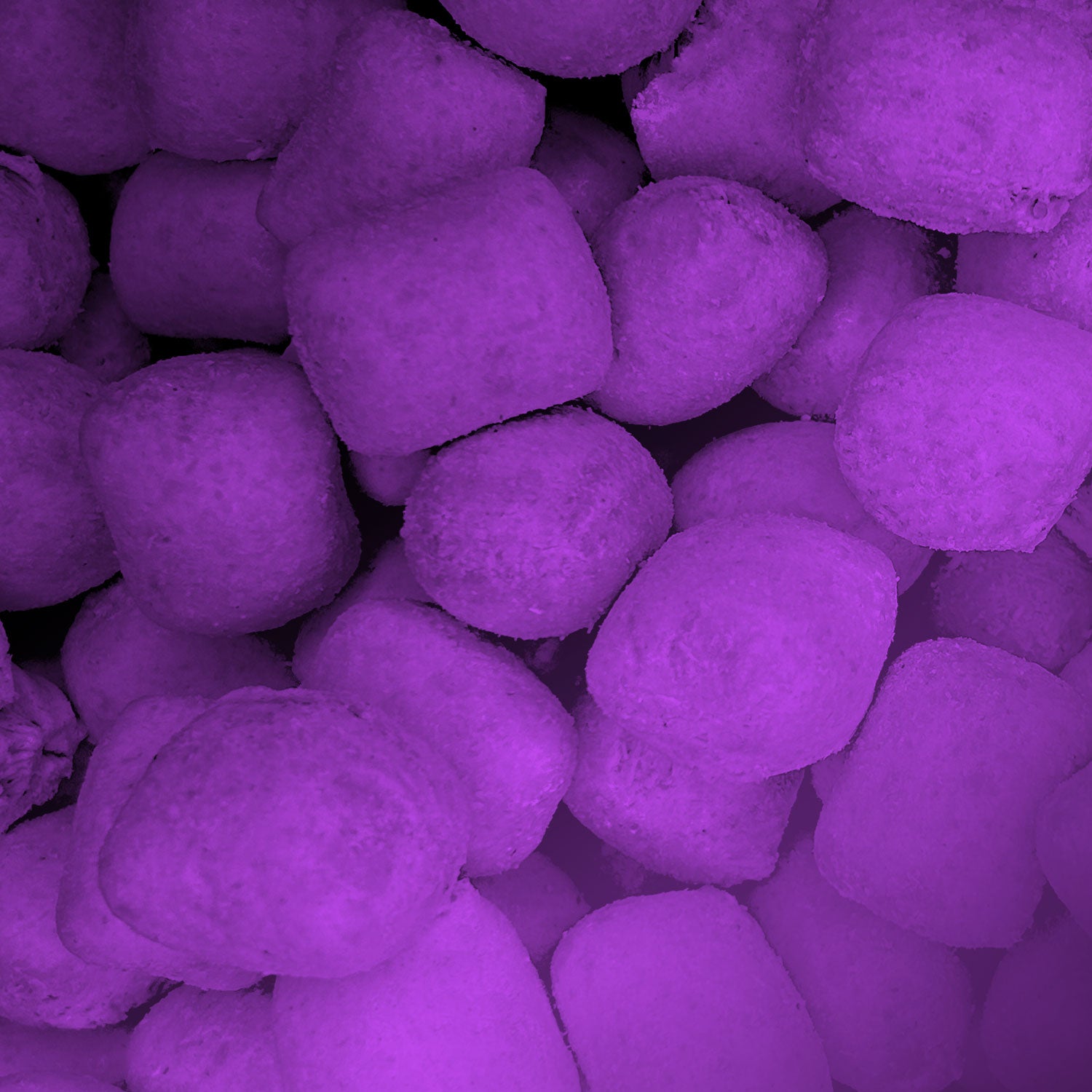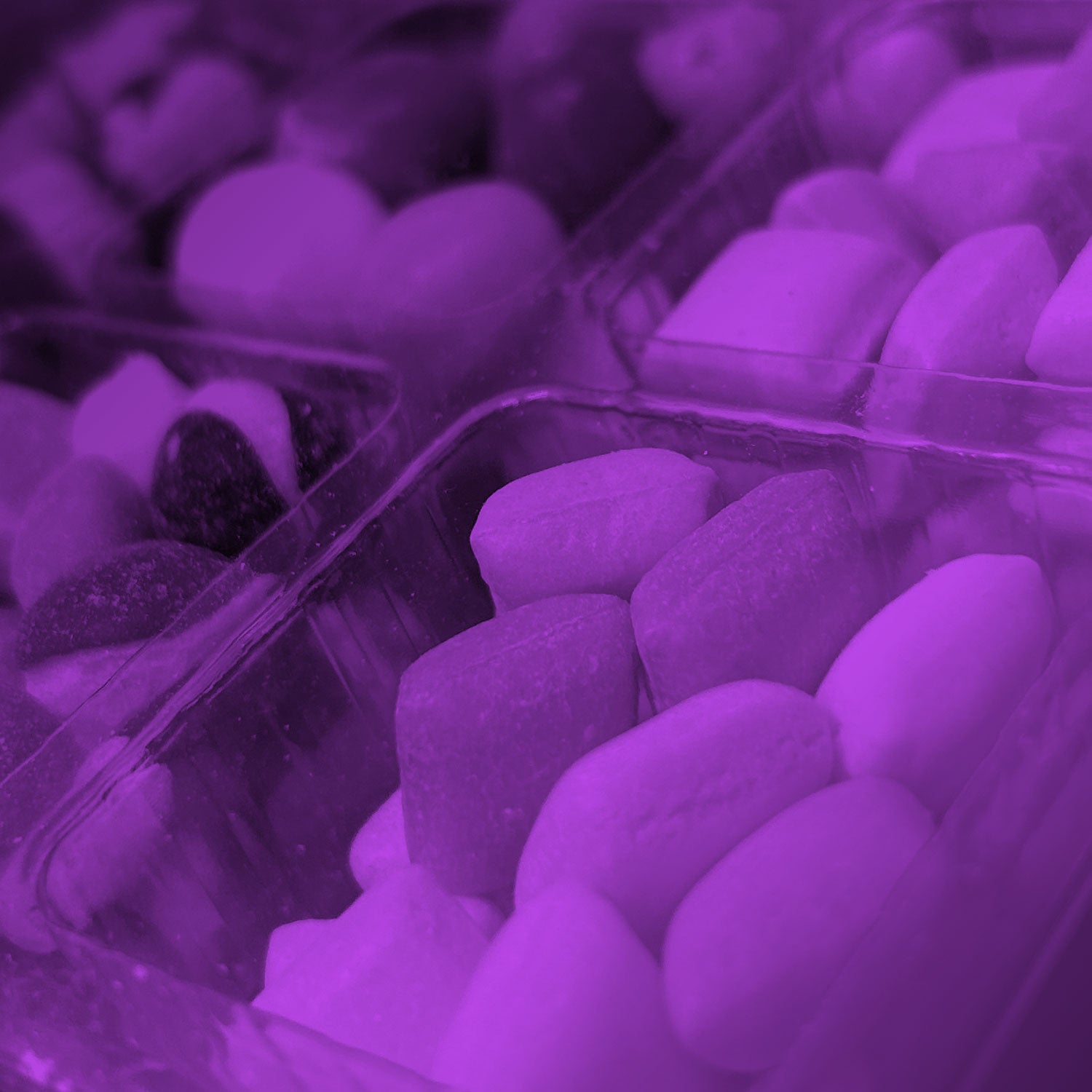Introduction:
Freeze-drying may be a high-tech process, but behind the scenes, it’s a carefully engineered system of physics, material science, and precision control. Creating the perfect freeze-dried candy requires an understanding of how different ingredients react under extreme conditions. In this post, we’ll explore the engineering behind making crunchy, puffed-up treats.
The Structural Science of Candy
Not all candies freeze-dry the same way. Their physical structure, sugar content, and water composition all play a role in the final product. Engineers must consider:
- Density & Composition: Aerated candies (like marshmallows) expand due to trapped air pockets, while denser candies (like gummies) resist expansion.
- Surface Area: Candies with more surface area dry faster, while compact candies take longer to freeze-dry fully.
- Sugar & Fat Content: High-sugar candies expand dramatically, whereas fatty candies struggle with the freeze-drying process due to their resistance to water sublimation.
Optimizing Freeze-Drying Efficiency
Engineers work to refine freeze-drying processes for maximum efficiency by:
- Controlling Temperature & Pressure: Proper settings ensure the candy doesn’t collapse or burn.
- Layering in Trays: Arranging candies for even exposure to vacuum and heat ensures consistency in expansion.
- Adjusting Drying Time: Some candies dry faster than others, requiring precision timing to avoid over-drying or structural failure.
Why Do Some Candies Puff Up?
Puffed-up freeze-dried candy is an engineering marvel! The key factors include:
- Expansion of Ice Crystals: Water expands when frozen, and as it sublimates, it leaves behind tiny air pockets, making candy airy and crispy.
- Weak Internal Structure: Some candies, like taffy and nougat, lack strong internal bonds, allowing them to expand significantly.
- Rate of Sublimation: A faster sublimation process can cause a more dramatic puffing effect, depending on the candy’s molecular composition.
Engineering the Ultimate Crunch
Texture is a key factor in the freeze-drying experience. Engineers focus on:
- Crisp vs. Crunchy: The thickness and structure of the candy determine whether it becomes airy and crispy (like Skittles) or dense and crunchy (like caramel chews).
- Moisture Control: Even small amounts of remaining moisture can affect the final texture, making precision dehydration crucial.
- Shelf Stability: Properly engineered freeze-drying ensures a long shelf life by removing nearly all water while preserving color and flavor.
Fun Engineering Fact!
A single freeze-dried Skittle can expand over twice its original size, thanks to the rapid sublimation process!
Conclusion:
Freeze-drying candy is as much about engineering as it is about science. Understanding the structural properties of different treats helps create the light, crunchy, and uniquely puffed-up candies we love.
Next up in our STEAM series: Art (A)—how freeze-drying turns candy into a creative masterpiece!






